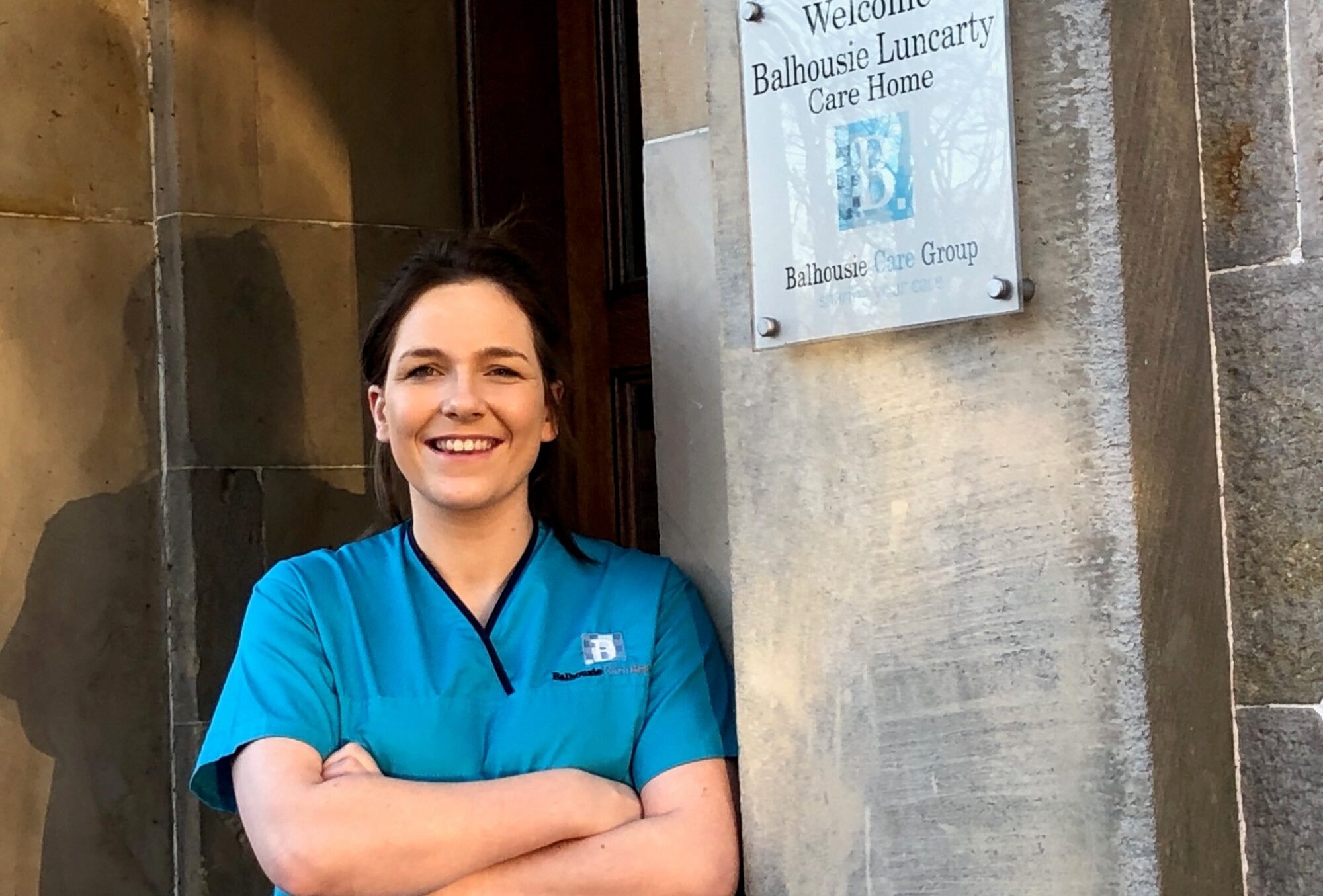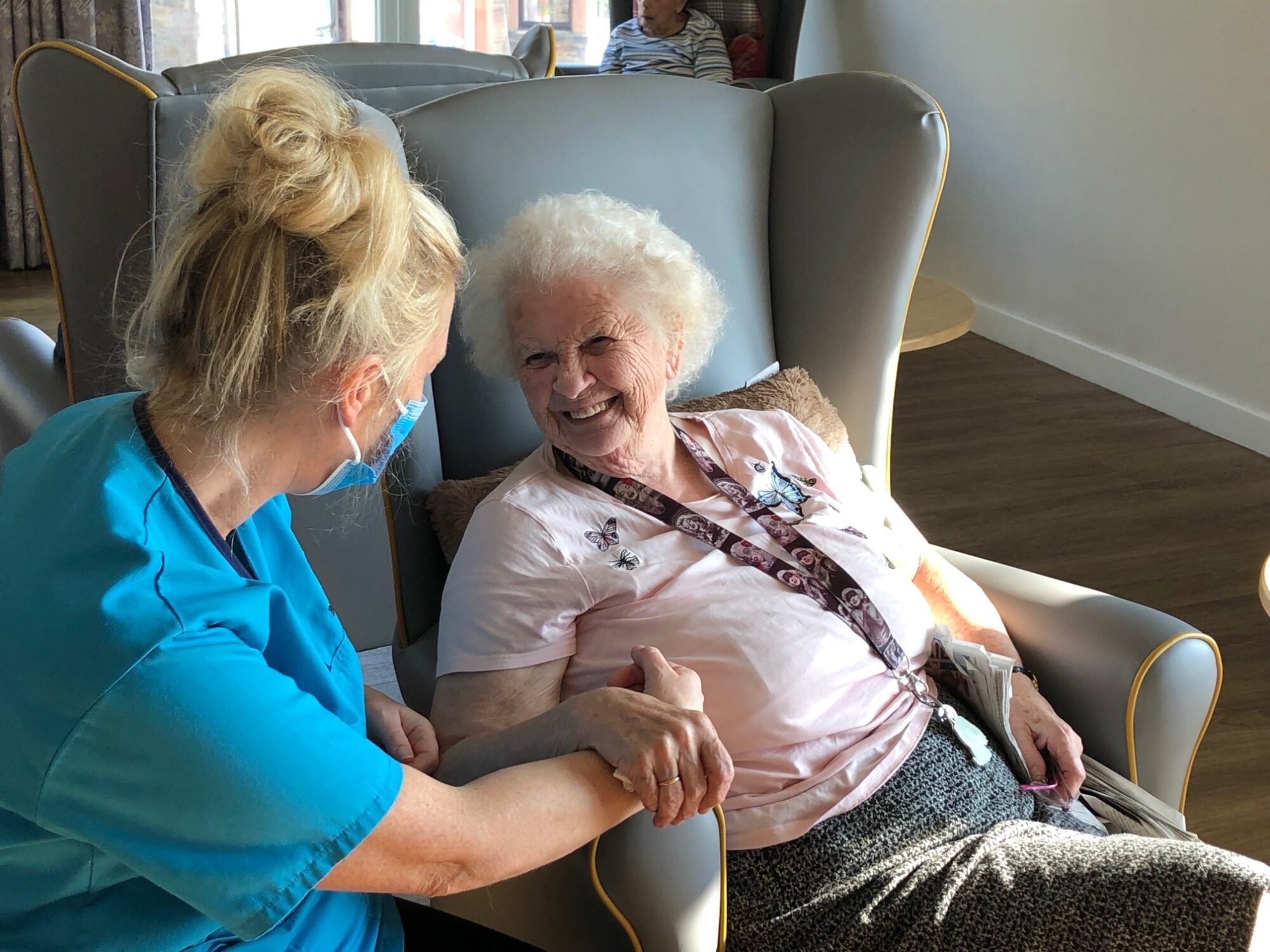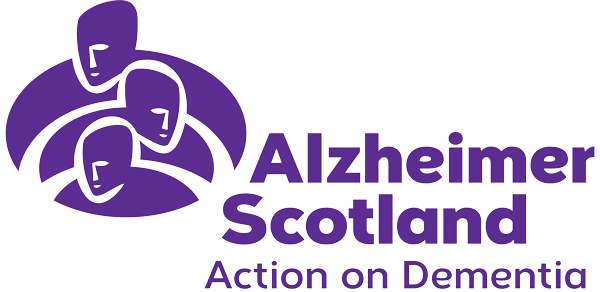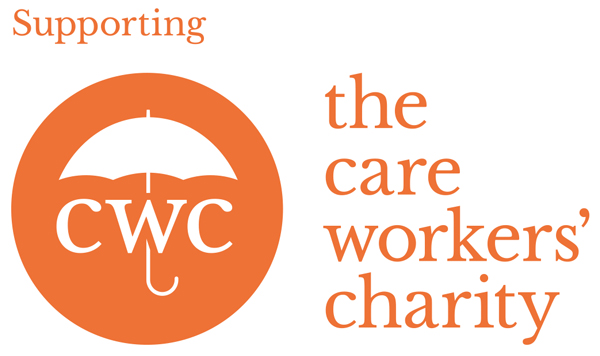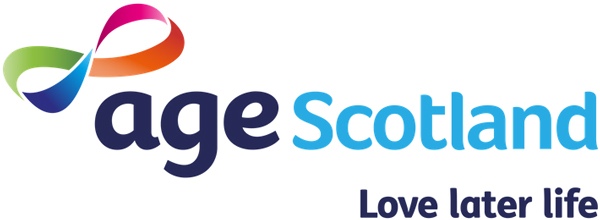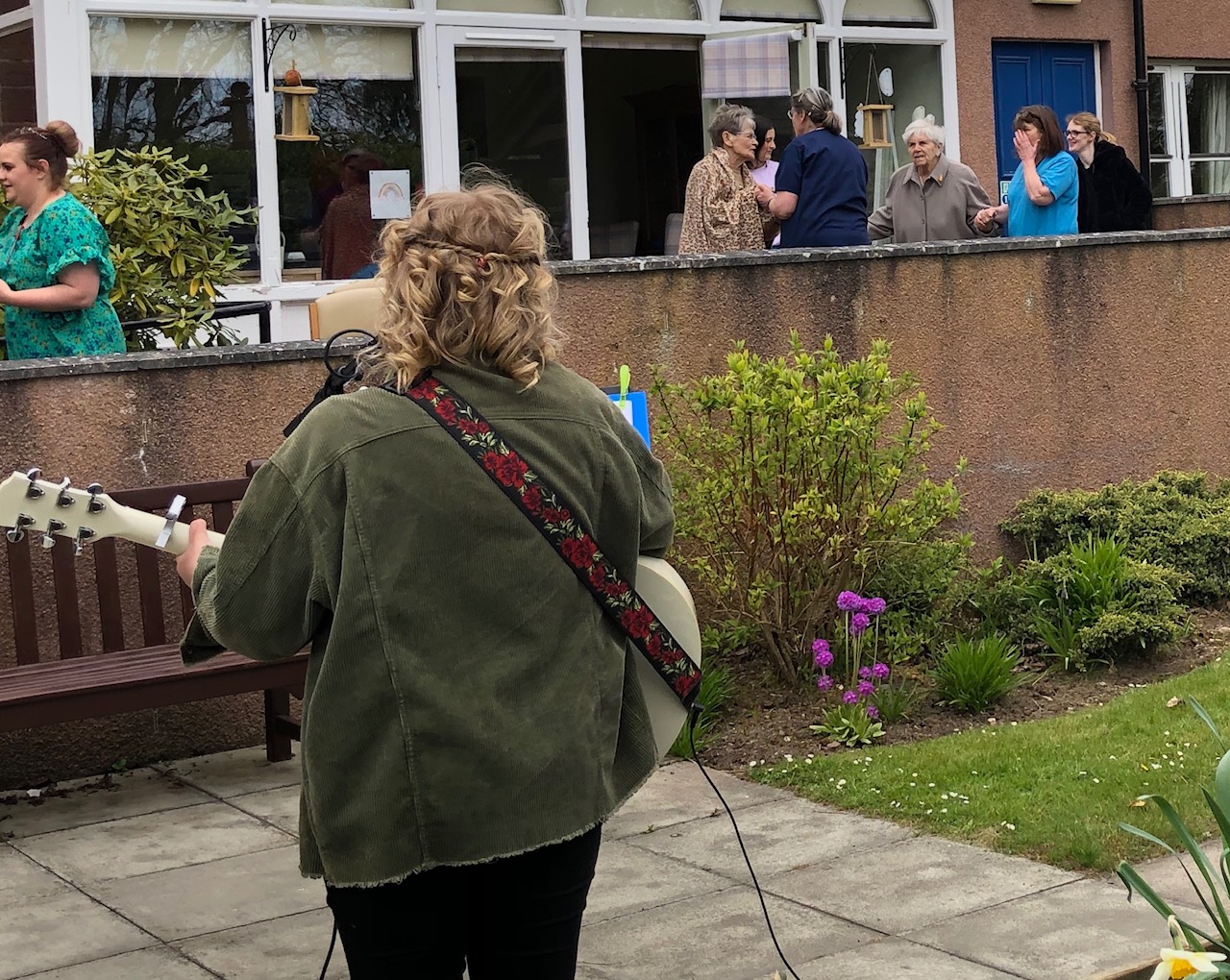
Balhousie’s Brand & Communications Manager Gillian Drummond on handling comms during the COVID crisis.
March 11th 2020 wasn’t exactly a slow news day. Coronavirus was already taking up plenty of headlines as the pandemic gripped the nation. And as one of the first care home providers in the UK to suspend all non-essential visits, we became one of them. We were prepared for the back-to-back TV and radio interviews that ensued. We were less prepared for the rollercoaster three months ahead of us. It was a time of PR highs and lows, intense media scrutiny, and a forced rethink of our whole communications strategy as we sought new ways to support staff, assure relatives and maintain a strong corporate brand.
As our 26 care homes closed down, so our staff stepped up – and brilliantly. They got creative with activities (armchair workouts, penpal letters between homes), engaged with the new iPads we distributed for residents to keep in touch with their families, and embraced social media.
Our 1500 staff are our biggest social media ambassadors. And they and our residents are a lot of fun. We encouraged a TikTok dance challenge between the homes, which made media stars of not just staff but residents. Musicians performed in our car parks. One teen threw a virtual disco across our whole group, live streaming it on Facebook and taking requests from residents. Local communities donated like crazy, especially those people furloughed from work. They loaned us extra tablets and laptops, made hand sanitiser and face visors, delivered pizzas to our hardworking staff, gave residents Easter eggs.
The positive stories were a PR gift, with Scotland’s media channels lapping up the ‘spirit of the blitz’ themed tales. “This is the good bit,” I told my colleague, the other half of our two-person in-house comms team. “Let’s enjoy it while it lasts.”
Sure enough, the media tone changed – from positive and championing to something else entirely. As COVID-19 cases rose in Scotland, so did the bad press and rife rumours against care home operators. It wasn’t just journalists hungry for information and stats, but members of the public. They appeared to work themselves into a feeding frenzy, and rumours and false allegations ran rife.
We had an instance of a GP visiting one of our care homes in full hazmat suit claiming we had cases in a home nearby (there were no cases), rattling our staff and residents. Outside another home someone spotted maintenance staff depositing items in a skip and ‘tipped off’ the local paper saying we must have had deaths from Coronavirus. In fact we were having a clear-out and making use of the newly reopened recycling facility.
As the negative care home headlines grew in the news, so did anxiety among our residents, already feeling the strain of isolation from their families. And staff members felt frustrated. They were working harder than ever, getting to grips with new and ever-changing protocols on infection control and prevention, filling in for colleagues who were shielding or self-isolating, foregoing time with their own families to care for residents and, in the handful of our homes affected by COVID-19, putting their own health on the line.
Our operations teams and home managers were facing different challenges, namely the mixed and sometimes confusing messaging coming from government, public health bodies and health boards – not to mention the lack of Coronavirus testing of staff and residents. We felt vilified publicly. Privately, we felt exasperated.
Crisis communications aside, we knew we had to find better ways to communicate with staff. They were facing a deluge of new information and guidance and were under enormous stress. I had never been entirely happy with our monthly staff new bulletin, which seemed too corporate for the majority of our workforce – the carers, the cooks, the support staff who make our homes tick. Overnight we came up with a newsier template and a fun tone for a weekly newsletter that celebrated staff while reminding them of the support they had from us, including a 24-hour counselling hotline and hardship loans.
Our staff Intranet had been a bugbear too – clunky to use and administer and, consequently, out of date and little used. We set to work improving it and gave staff a reason to use it – posting FAQs on COVID-19, video messages of support from our Chairman and Group CEO, and again pushing the help and support on offer for staff.
Our head of IT created a phone app in record time. Within 10 days he had customised an off-the-shelf application with staff news, information and, of course, those TikTok videos.
Better communication with relatives was crucial. We encouraged those homes who didn’t already have one to establish a private Facebook group. We also launched a weekly Mailchimp newsletter sharing residents’ news, photos and videos.
The response has been tremendous. Social media channel engagement has soared; the relatives’ newsletter is gaining new subscribers every day; staff are loving seeing themselves featured in their newsletter, the Balhousie Buzz. In surveys conducted by us in June, 92% of relatives and 79% of employees said they were happy with the frequency and content of communication they received during the crisis.
The Coronavirus pandemic has left an indelible mark on all of us, but particularly those in the health and social care sector. And just as our homes are not complacent about the virus, nor is the communications team complacent about our role. As I write this, we’re discussing growing the newsletter, adding podcasts to the app, and more.
If this pandemic has served us positively, it’s given us a reason to make comms changes for the better. Those changes were all planned. COVID-19 simply gave us a reason to hurry them up.
Gillian Drummond is Brand & Communications Manager at Balhousie Care Group which has 26 care facilities across the north and north east of Scotland.


